Every society undergoes a ‘demographic transition’, which is characterized by a decline initially in the mortality rates followed by a decline in the fertility rate, albeit after a time-interval. The decline in the mortality and the fertility rates bring about changes in the age-distribution of the population, gradually leading to a bulge in the working-age population (15 – 64 years) for a significant period of time, thus creating an opportunity for higher economic growth. This economic opportunity arising from a large working-age population is referred to as the ‘demographic dividend’. The demographic dividend represents the phase in the demographic transition when the growth rate of the labour force is significantly higher than the overall population growth rate. The dependency ratio, that is, the ratio of the non-working age population to the working age population, is low during the demographic dividend phase. The economic benefits during the demographic dividend phase include increased labour supply, savings and human capital, and therefore, increased resources for investment and welfare. The enhanced economic growth is reflected in the higher per capita income. This book examines the concept of the demographic dividend, and presents experiences of different countries in reaping the demographic dividend.
Demographic Dividend: Concepts and Experiences
In stock
Free & Quick Delivery Worldwide
Bibliographic information
Title
Demographic Dividend: Concepts and Experiences
Author
Edition
1st ed.
Publisher
ISBN
9788131420799
Length
224p.
Subjects

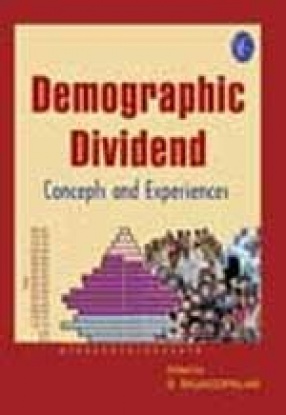
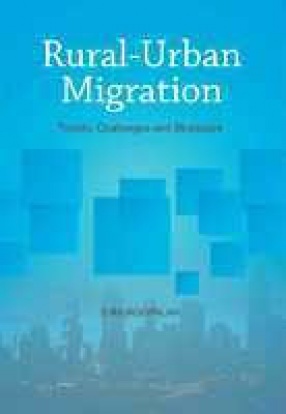

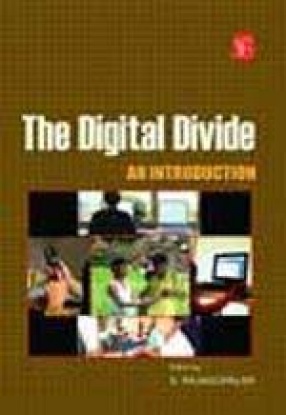

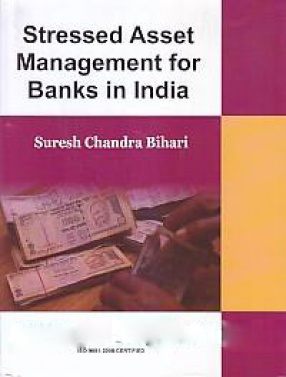
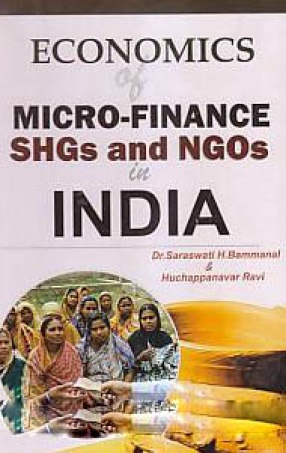
There are no reviews yet.